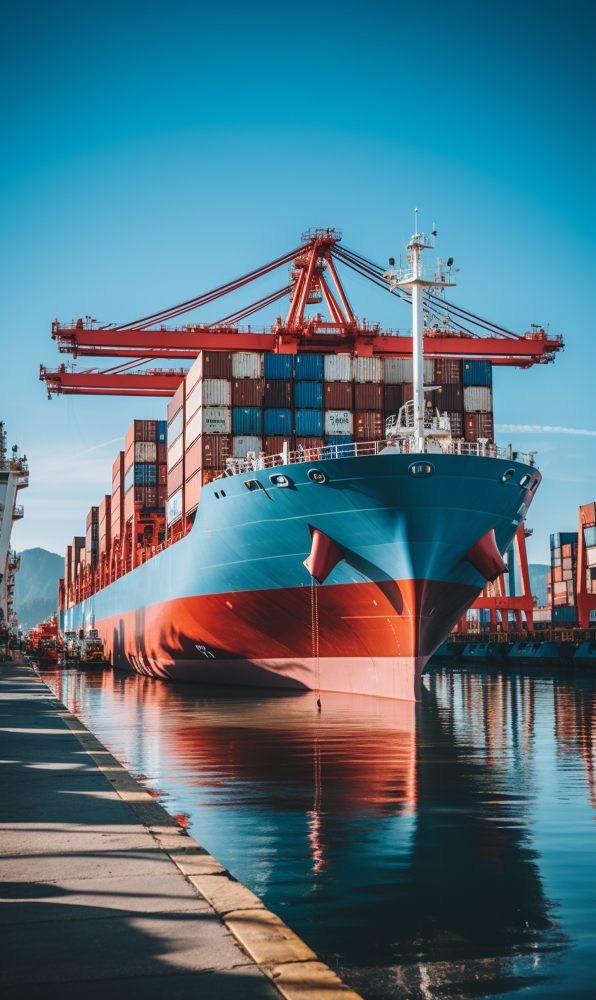Why Shipping Containers Are Revolutionizing Urban Spaces in 2025
By 2025, cities worldwide are confronting mounting challenges—skyrocketing real estate costs, swelling populations, and the imperative for sustainable development. To meet these challenges, architects, city planners, and entrepreneurs are looking to an unlikely hero: shipping containers. These warehouse steel boxes, previously relegated to freight yards and ports, are now leading the charge in urban innovation.
From pop-up cafes to sustainable homes, shipping containers are revolutionizing the way we live, work, and engage with our surroundings. Here’s why this trend is transforming urban landscapes in 2025 and why Shipping Container Hire is driving this movement more than ever before.
1. Affordability in an Expensive World
Urban property prices are still on the rise, with it becoming hard for startups, small enterprises, and even homeowners to find affordable properties. Shipping containers hire provide a budget-friendly option. One container can be purchased or leased at a fraction of the cost of conventional building materials and construction. It is particularly desirable for small businesses to establish kiosks, food stalls, or retail outlets in busy streets without the necessity of long-term leases.
For those who are not willing to take on ownership, Shipping Container Hire solutions have been the game-changer. They bring with them flexibility, enabling users to pilot business models or ad-hoc installations without the need for massive capital outlays.
2. Quick Construction and Deployment
Unlike traditional buildings, which may take months or years to build, container-based structures can be established in a week or two. Urban planners are taking advantage of that speed to establish emergency shelters, pop-up workspaces, and mobile healthcare clinics.
In 2025, as cities continue to evolve in response to shifting needs—ranging from public health emergencies to climate-related disasters—the capacity to swiftly construct and deconstruct infrastructure is priceless. Shipping Container Lease firms now provide pre-fabricated, ready-to-go buildings that can be installed anywhere, sometimes even without a base or significant permits.
3. Sustainability and Upcycling
Environmental awareness is no longer a choice—its necessary. Repurposing shipping containers as building materials is a classic example of upcycling. It conserves resources, keeps carbon emissions low, and reduces the need for traditional materials such as cement and wood, which carry a greater environmental footprint.
By reusing containers that would otherwise remain idle or be discarded, cities are decreasing their eco-footprint. In addition, most container projects integrate green technologies like solar panels, rainwater harvesting, and recycled material insulation to make them even more sustainable.
4. Design Versatility
One of the strongest features of shipping containers is that they are modular. Containers are stackable, connectible, and adaptible in infinite configurations, enabling creative and bespoke design. This characteristic has created an explosion of new architecture—multi-level houses, art museums, workspaces, and even schools constructed entirely from containers.
Industrial chic has also caught on with millennials and Gen Z, who value minimalist and eco-friendly design. Either a trendy rooftop coffee shop or an art installation, container buildings are bestowing new character on urban landscapes.
5. Mobility and Flexibility
Mobility is one of the biggest benefits of container-based buildings. In 2025, when remote work and digital nomadism are more widespread than ever before, shipping containers can be moved with ease to accommodate changing demands. A container office can be moved from one side of a city to another or even from state to state.
This mobility is also important in the case of events, festivals, and seasonal markets. Companies no longer have to invest in fixed infrastructure when Shipping Container Hire services provide mobile units that can be transported, branded, and recycled as required.
6. Revitalizing Underused Spaces
In most cities, vacant lots, former parking spaces, or underutilized public spaces are being converted into thriving civic centers with the use of shipping containers. These “container parks” have food courts, retail kiosks, performance areas, and green spaces—all put together in one-quarter to one-third of the time and money it takes for conventional developments.
Local governments are now more and more collaborating with Shipping Container Hire agencies to re-energize these dead zones, making them safe, interactive, and economically viable areas.
7. Emergency and Crisis Response
The versatility of quick mobilization and safety features that come with shipping containers gives them the prime spot for emergency response. By 2025, with climate change still resulting in extreme weather conditions, cities are turning to container-based shelters to house displaced communities, healthcare units, and logistics hubs.
Governments and NGOs often employ Shipping Container Hire facilities to cope with short-term emergencies in the absence of perpetual infrastructure, guaranteeing rapid response times and cost-efficient operations.
Conclusion: A Steel-Strong Future
Shipping containers are more than industrial artifacts—they are the blocks for a more nimble, cost-effective, and sustainable urban destiny. In 2025, their potential to reshape cities is unmistakable. Through permanent structures or temporary leases, the flexibility and availability they offer are empowering governments, entrepreneurs, and communities.
As urban problems escalate, so does the demand for outside-the-box solutions. Shipping Container Rental continues to offer the flexibility and economic feasibility needed to address those challenges on their own terms. From residential to retail, from art to emergency services, containers are no longer only for freight—they’re for transformation.

